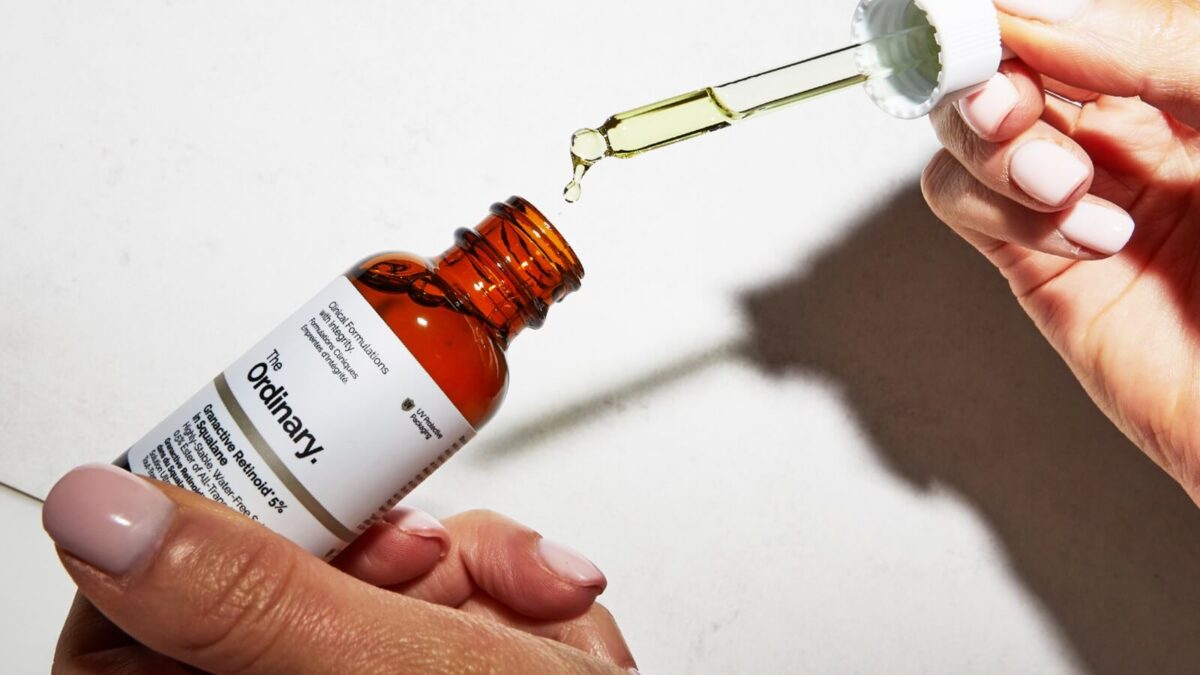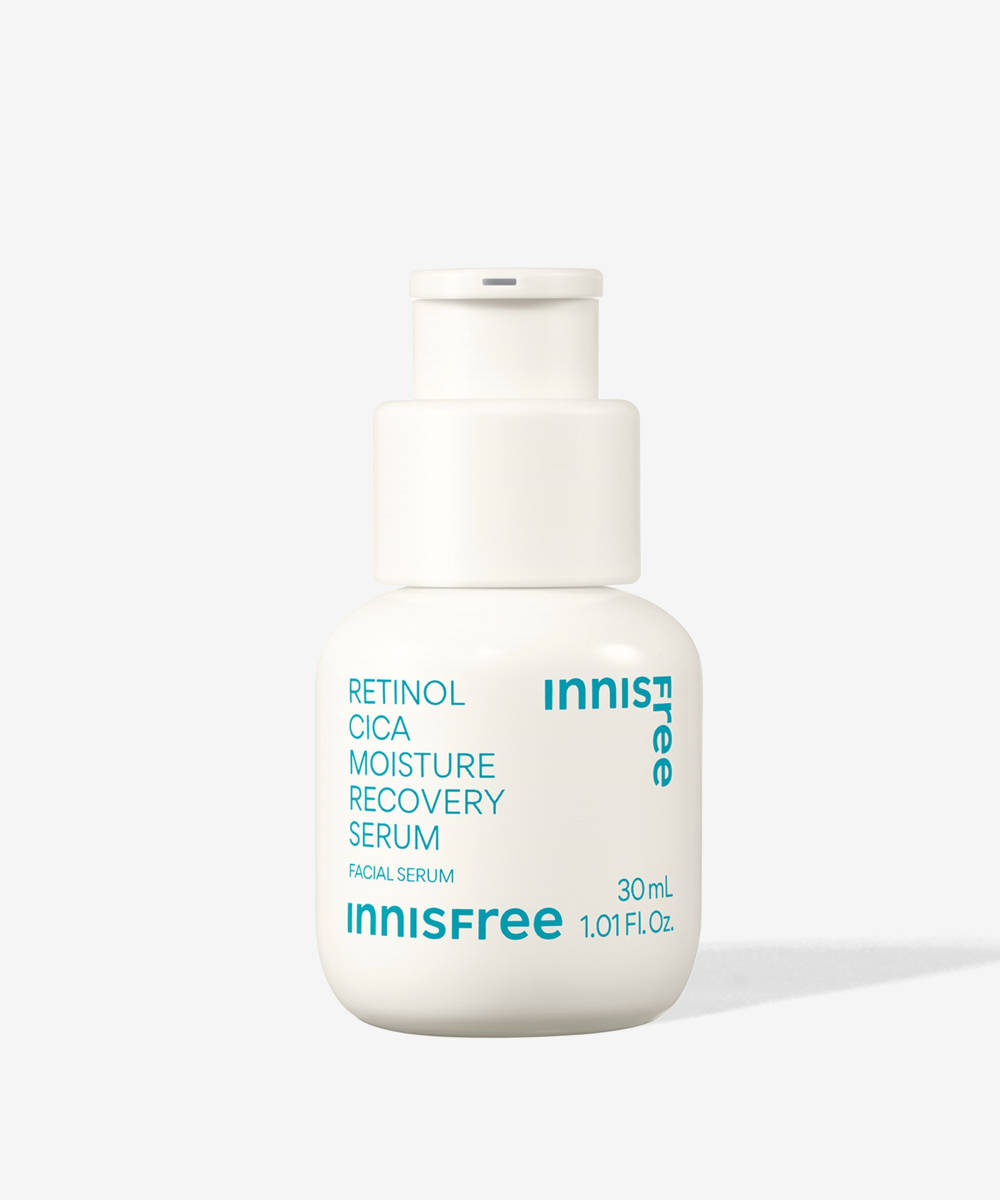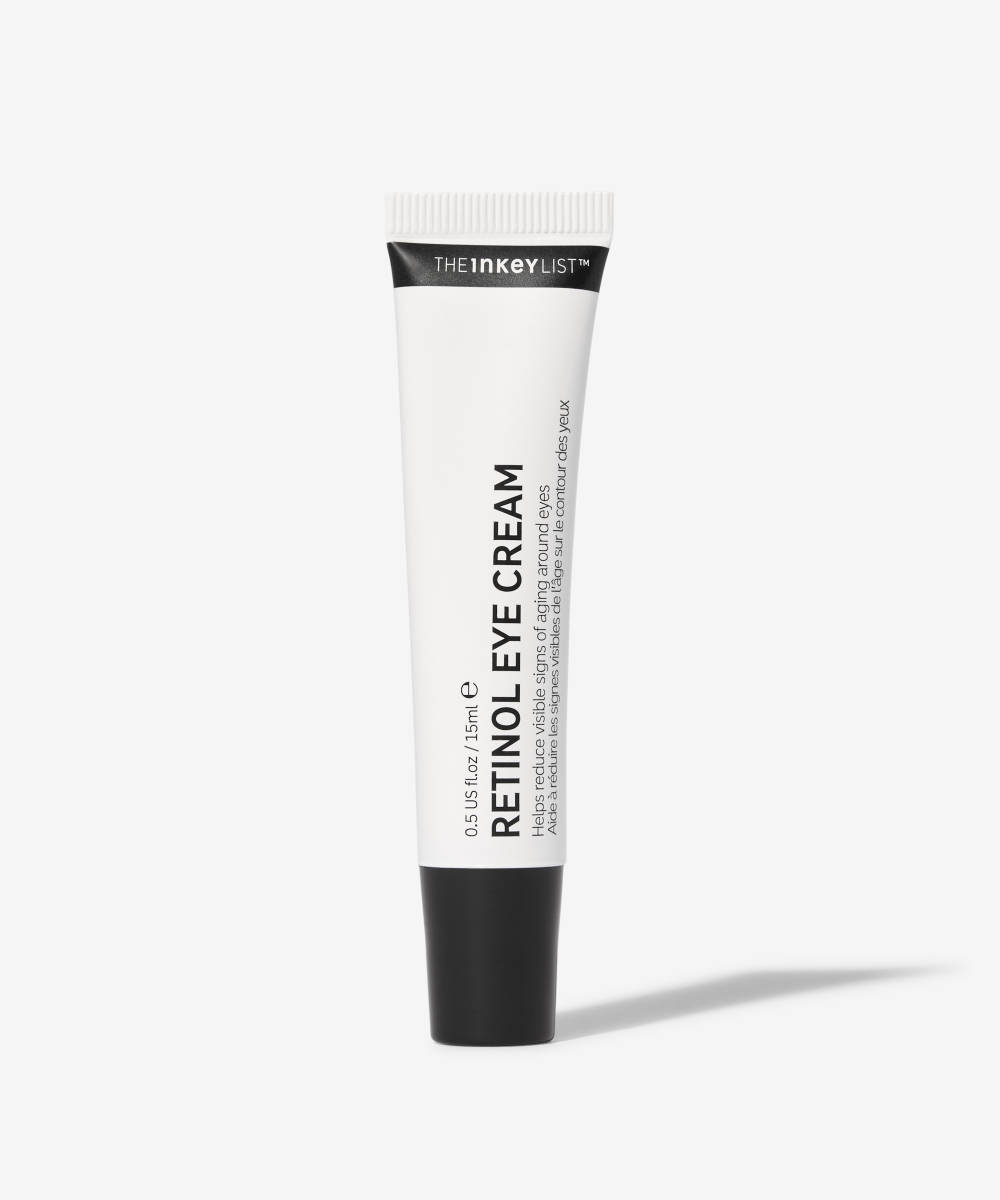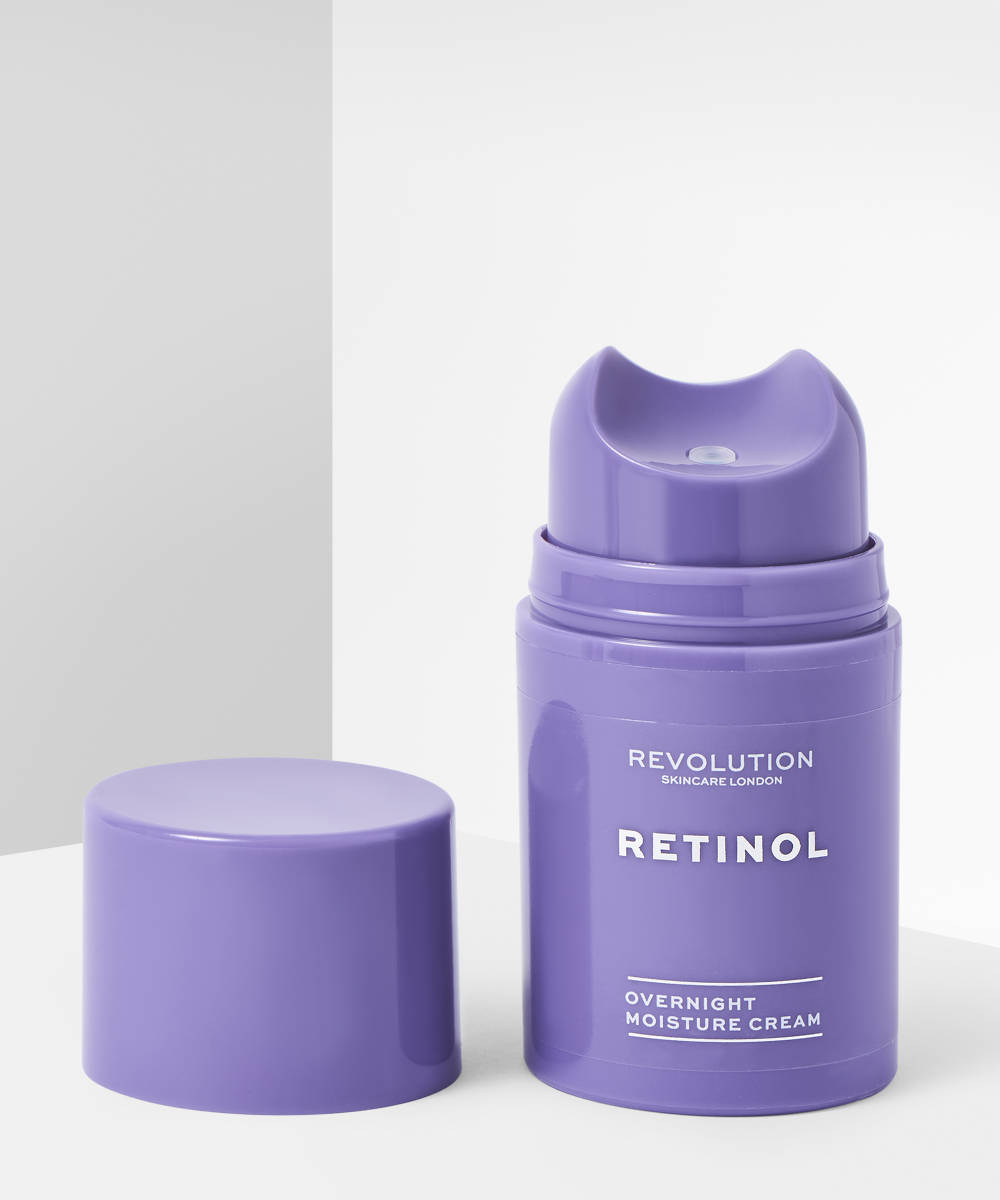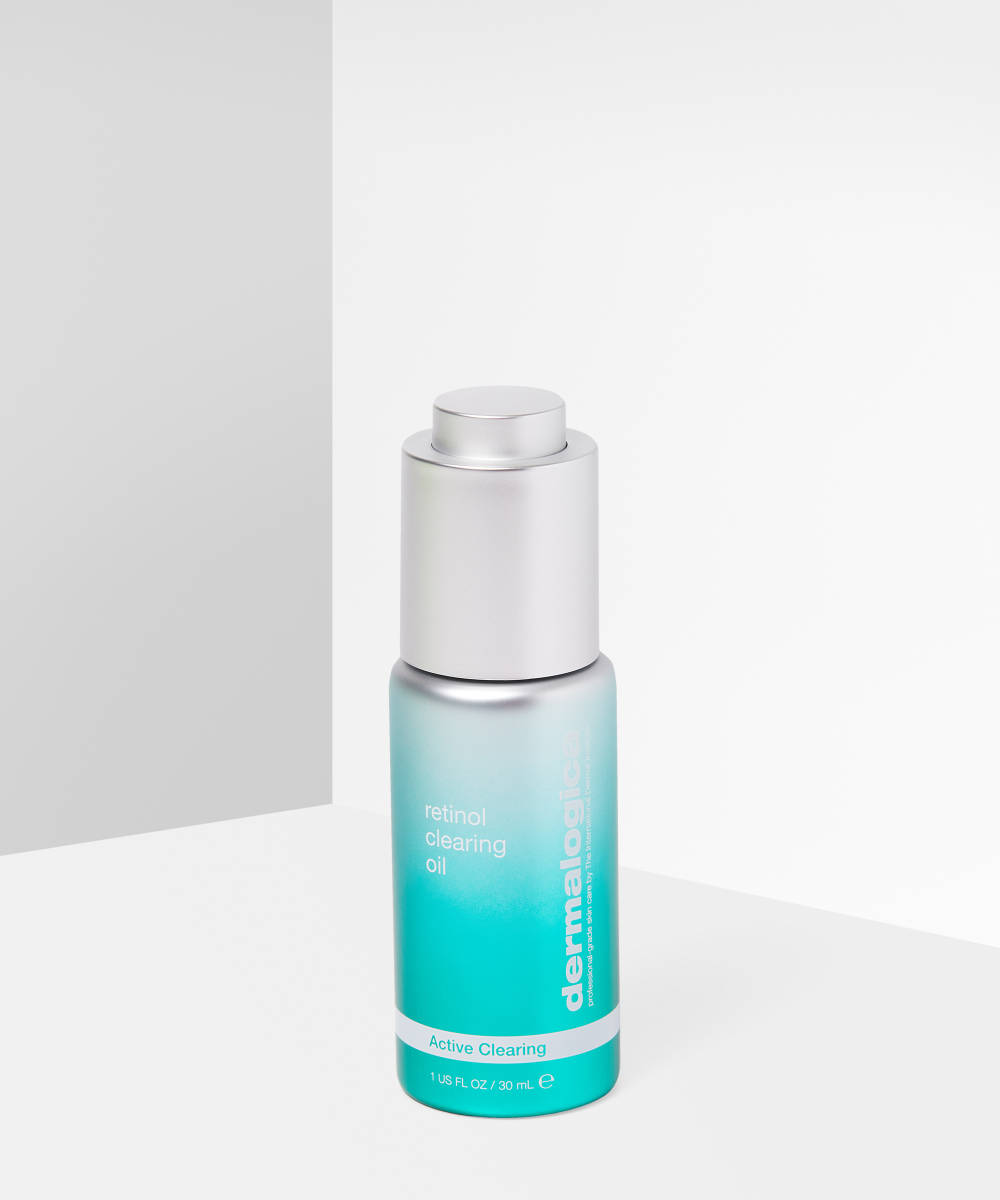Some skincare ingredients are so beneficial for the skin that they end up being beauty buzzwords in their own right, and retinol is one of those ingredients. Although you’ve probably heard it described as a wonder skincare ingredient, you might not be entirely sure about what retinol actually is, what it does, how to use it, or the benefits you can expect to enjoy once you’ve incorporated retinol into your skincare routine. Explore our ultimate guide to retinol to ensure you’re up to speed with this staple ingredient…
What is Retinol?
Retinol is a type of retinoid that doesn’t require a prescription; it’s used in skincare products like serums and moisturisers. It’s a type of retinoid, the umbrella term used to describe ingredients that are derivatives of vitamin A. Other retinoids include retinoic acid (the strongest form of retinoid, only available on prescription), retinal (the most potent form of non-prescription retinoid), and retinol esters (the weakest of the retinoid family). All of these ingredients are commonly referred to as retinol, but to figure out exactly which type of retinoid you’re using it’s always a good idea to check the ingredients list of a product first – that way you know you’re using the right type of retinoid for your skin.
What Does Retinol Do?
Retinol is one of the most effective and efficient skincare ingredients you can use if you want to see lasting results. It’s most commonly thought of as an anti-ageing ingredient, targeting loose skin, fine lines, wrinkles, and sun spots, but retinol can also help with acne-related concerns such as breakouts, congestion, uneven skin texture, and hyperpigmentation. It’s also an antioxidant, which means it counteracts free radicals (the molecules that destroy healthy skin cells), helping to keep skin healthy and glowing. So, in short it does a lot for your skin!
In terms of the actual science behind retinol – it’s all to do with vitamin A. Our skin can only process vitamin A in the form of retinoic acid. Retinol breaks down (or transforms) into retinoic acid upon contact with the skin, where it increases cell turnover and boosts collagen production, which helps deliver all its anti-ageing results.
Unlike stronger retinoids, you’ll need to use retinol for a little longer before you see results, as it has to undergo multiple processes of transformation on the skin in order to convert to retinoic acid – the stage at which it begins to impact skin. This delay means retinol products tend to be more gentle and better suited to all skin types, including those with sensitive skin.
Using Retinol as an Anti-Ageing Treatment
As we age, collagen and cell renewal slow down, leading to looser, thinner skin that is more prone to lines and wrinkles. Retinol helps to combat signs of ageing because of its ability to trigger cell regeneration and encourage collagen production. This plumps up loose skin, smooths out wrinkles and lines, lightens areas of pigmentation, and results in skin which appears smoother and brighter.
Using Retinol to Treat Acne
The process of cell renewal is also beneficial if your skin is acne-prone as it reduces the overproduction of sebum and prevents breakouts from forming by clearing dead skin cells and excess oils from pores.
With each layer of skin that is renewed, scars and hyperpigmentation from sun damage or breakouts fade and soon disappear. In this way, retinol can be just as effective an acne treatment as it is at combating visible signs of ageing – stimulating cell turnover, decongesting skin and fading pigmentation. In fact, retinoids were first introduced as an acne treatment in the 1970s, but dermatologists quickly realised that the ingredient had other benefits for different skin types and concerns, thanks to its ability to stimulate collagen production.
The Side Effects of Retinol
Retinol is a very active ingredient so it can cause skin to react – especially if your skin is already prone to sensitivity or dryness. You should be aware of what ingredients not to mix with retinol, to help prevent reactions. You may experience side effects like dry skin, peeling, flaking, and irritation. These are most commonly experienced with stronger forms of retinoid (retinoic acid and retinaldehyde) but you may still experience them when using retinol – particularly if you have never used one before. If you experience these side effects, then you should reduce usage of your retinol, consider using a lower-strength formula or buffer the retinoid with a moisturiser. It’s important to moisturise well while using retinoids to strengthen your skin barrier and prevent this kind of reaction from happening.
Purging
Some people experience an increase in breakouts when they start using a retinol. This is known as ‘retinol purging’ – and it’s basically just your skin’s natural response as pores become unclogged. Over time, the skin will build up a tolerance, but if peeling and redness persist or the skin feels painful, you should reduce the frequency or amount of retinol you’re using. Keep in mind that benefits will only occur with prolonged and consistent use (for a minimum of 12 weeks), so persevere if you don’t see results straight away. You might worry that the purging symptoms indicate that the retinol isn’t working for you, but in actual fact the opposite is true – the purge occurs because the retinoid speeds up cell turnover and brings out deep-rooted congestion. Keep going!
What Strength Retinol Should You Use?
In order to use a retinol effectively, it’s advisable to start with a weaker formula and build up your tolerance before moving on to something stronger. It’s worth keeping in mind that with retinoids, stronger isn’t always necessarily better – and most experts would recommend starting with a low strength retinoid and aiming to increase strength over time based on how your skin responds and what your skin’s needs are – skin type, concern and tolerance will all play a part in how your skin reacts to any retinol. Starting on a lower strength means you can experience the benefits without risking any negative side effects.
Low percentages of retinol (0.1-0.3%) are great for targeting signs of ageing, reducing pore size, and improving overall skin health. This level of retinol is the best place to start, if you have sensitive skin you might want to continue using low-level retinol even after your skin has become adjusted to it.
A medium-strength retinol (0.4-0.5%) will give you faster results but may come with more side effects. These strengths will quickly help to target uneven skin tone, rough texture, and loose or thin skin – especially when combined with antioxidants. You should build up to this after using a low-level formula.
High-strength retinols (1%) will give quick results to those with stubborn skin which may not have responded to lower percentages. Likewise, if your skin concerns are particularly acute – deep set wrinkles, persistent acne, obvious hyperpigmentation – you’ll likely benefit from a higher percentage. But ensure you build up to this level, as to not damage your skin.
How to Use Retinol
The key to enjoying the incredible benefits of retinol is in finding the right product for you, and preparing your skin effectively to use it correctly – that means cutting down on other active ingredients (like those found in exfoliating acids and certain serums) and making sure your skin barrier is strong and well hydrated. Dermatologists and skincare experts agree that there really is nothing else like retinoids for renewing, clearing, smoothing, and brightening skin, as long as you use them correctly.
If you’re new to using retinol or have sensitive skin, start by using it once a week and gradually increase use to build up your skin’s tolerance. Work up to using retinol two to three times a week, then gradually increase to every other night and eventually (if needed) every night. If your skin becomes irritated then reduce the frequency back down again.
If your retinoid is a serum you should apply it to skin after cleansing and before moisturising. Serums we love include the Innisfree Retinol Cica Repair Moisture Recovery Serum, which works to remove dead skin cells, unblock pores, and fade scars, while soothing the skin and reducing redness. By BEAUTY BAY’s Renew + Smooth Serum represents an affordable option for those looking to try retinol for the first time – helping to improve the appearance of pigmentation, dark spots, fine lines, and wrinkles thanks to its 0.2% retinol complex, as peptides infuse the skin with moisture, improving overall clarity. Or try Retinol 1% In Squalene – a water-free, high-strength solution that should be used daily as part of your evening skincare regime, from The Ordinary.
If your retinol is within a moisturiser then it should be the final step in your evening routine. The Inkey List is a firm favourite of beauty obsessives, and their Retinol Eye Cream is perfect for reducing fine lines and wrinkles on the delicate skin around the eyes. Revolution Skincare have developed a Retinol Overnight Cream which can be used all over the face, infused with rosehip seed oil, trans-retinoic acid, and soothing bisabolol, to reduce redness and irritation and encourage softer skin while you sleep, so you wake to healthier, fresher skin.
Dermalogica products sit at the more expensive end of the skincare spectrum, but their Retinol Clearing Oil represents one of the best investments in your skin money can buy. Moisturising ingredients such as argan, rosehip seed, and golden jojoba oils work to nourish and rehydrate the skin, whilst retinol reduces the appearance of fine lines and hyperpigmentation, and salicylic acid targets active breakouts.
If you have especially sensitive skin you may want to choose a lower percentage of retinol or a product with retinyl esters, a retinol cream rather than a serum (which are typically more concentrated formulas), or layer your retinol over moisturiser to create a buffering effect.
It is recommended not to layer retinol with active ingredients like AHAs, BHAs, niacinamide, and vitamin C in the same skincare routine, as too many active ingredients can cause skin irritation and contraindications (meaning the ingredients are ineffective). However, using these ingredients in combination can boost the anti-ageing benefits of retinol. You could use retinol and acids on alternate days, or use vitamin C in the morning and retinol at night, in order to benefit from both.
Why Do I Need SPF With Retinol?
Most importantly, as all retinoids increase the skin’s sensitivity to light, they should always be applied at night time to reduce the chance of UV interference and give your skin a chance to recover while you sleep. For this reason, you should always apply SPF the morning after using retinol as well. As retinoids increase the skin’s sensitivity to UV light, you should always wear at least SPF50 every single day (even on cloudy days) when using retinol. Not only does sun exposure break down a retinoid’s structure and reduce its effectiveness, but the damage caused by UV light will worsen your skin concerns and render retinol application redundant.
Can I Use Retinol Whilst Pregnant?
It’s recommended to avoid all forms of retinol while you’re pregnant or breastfeeding. Bakuchiol is often recommended as a natural and pregnancy-safe alternative to retinol as it has many of the same results and benefits, without the concentration of vitamin A.
Retinol has become one of the most sought-after active ingredients on the beauty market in the past couple of years, and for good reason. Begin your retinol journey today to tackle wrinkles, acne, pigmentation, and more.
